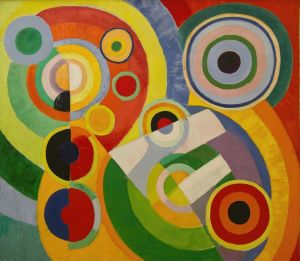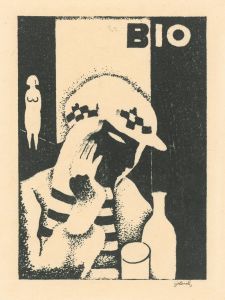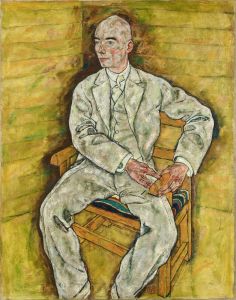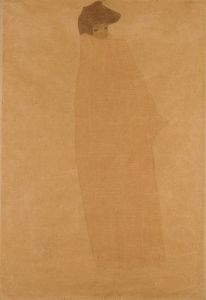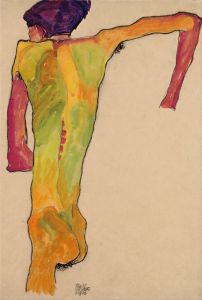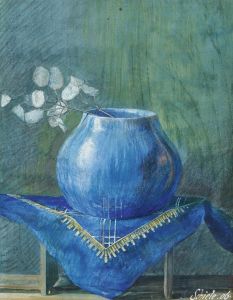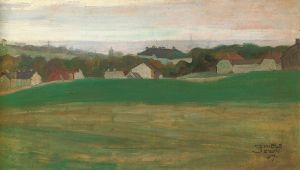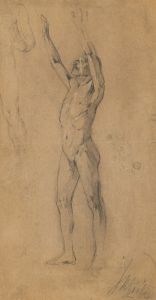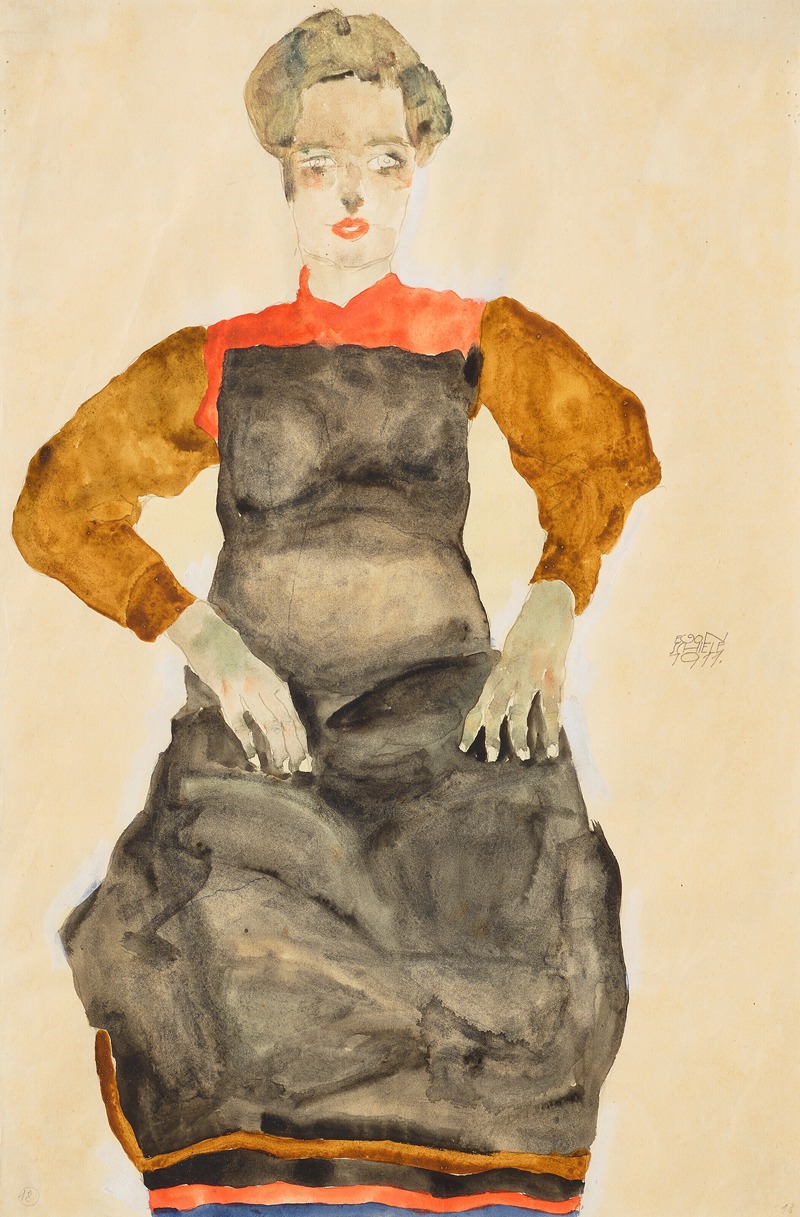
Frau mit schwarzer Schürze
A hand-painted replica of Egon Schiele’s masterpiece Frau mit schwarzer Schürze, meticulously crafted by professional artists to capture the true essence of the original. Each piece is created with museum-quality canvas and rare mineral pigments, carefully painted by experienced artists with delicate brushstrokes and rich, layered colors to perfectly recreate the texture of the original artwork. Unlike machine-printed reproductions, this hand-painted version brings the painting to life, infused with the artist’s emotions and skill in every stroke. Whether for personal collection or home decoration, it instantly elevates the artistic atmosphere of any space.
Egon Schiele, an Austrian painter known for his distinctive style and contribution to early 20th-century art, created the painting "Frau mit schwarzer Schürze" (Woman with a Black Apron). Schiele was a protégé of Gustav Klimt and a major figure in the Expressionist movement, which sought to convey emotional experience rather than physical reality. His work is characterized by its raw intensity, bold lines, and often provocative subject matter.
"Frau mit schwarzer Schürze" is one of Schiele's many portraits that exemplify his unique approach to capturing the human form. Schiele's portraits often focus on the psychological depth of his subjects, and this painting is no exception. The woman in the painting is depicted with a stark, almost haunting presence, which is a hallmark of Schiele's style. The use of a black apron in the composition adds a layer of contrast and highlights the figure against the background, drawing attention to her expression and posture.
Schiele's technique often involved the use of sharp lines and a limited color palette, which can be seen in this work. The emphasis on contour lines and the strategic use of color create a sense of immediacy and emotional intensity. This approach was part of Schiele's broader artistic goal to explore the complexities of human emotion and identity.
The painting reflects Schiele's interest in exploring themes of isolation, introspection, and the human condition. His subjects often appear in contemplative or introspective poses, suggesting a deeper narrative or emotional state. This focus on the inner life of his subjects was a departure from the more decorative and surface-oriented works of his mentor, Klimt.
Egon Schiele's career was tragically cut short by his untimely death in 1918 at the age of 28, due to the Spanish flu pandemic. Despite his brief career, Schiele left behind a significant body of work that continues to influence artists and captivate audiences. His paintings, including "Frau mit schwarzer Schürze," are celebrated for their emotional depth and innovative approach to portraiture.
Schiele's work is housed in major museums and collections around the world, and his paintings are frequently exhibited in retrospectives and exhibitions dedicated to early 20th-century art. "Frau mit schwarzer Schürze" is an important piece within Schiele's oeuvre, illustrating his mastery of capturing the human psyche through art.
In summary, "Frau mit schwarzer Schürze" is a testament to Egon Schiele's skill as an artist and his ability to convey complex emotional states through his distinctive style. The painting remains a significant example of Expressionist art and continues to be studied and appreciated for its contribution to the understanding of human emotion and expression in visual art.





